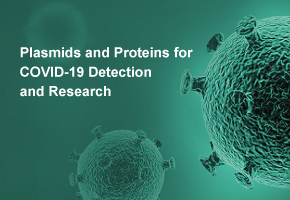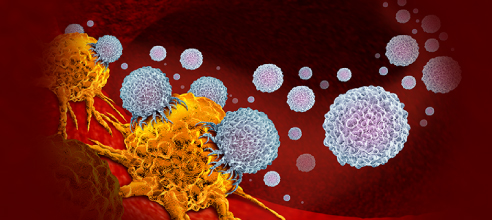Reimagining Veterinary Medicine—Are Cell-Based Therapies the Future of Animal Health?
In an era where regenerative medicine is reshaping human healthcare, one question looms large: Can the same breakthroughs revolutionize veterinary medicine? As companion animals, livestock, and even economic insects face increasingly complex health challenges—from degenerative diseases to genetic disorders—the limitations of conventional treatments are becoming more apparent. Enter cell-based therapies, a frontier that promises not just symptom management, but true biological repair.
Veterinary cell-based therapy is no longer a speculative concept—it's a rapidly evolving field backed by cutting-edge technologies like genome editing, synthetic biology, and biomaterial-mediated immunomodulation. These tools enable scientists to engineer cells with enhanced therapeutic potential, tailored to specific animal diseases and species. Yet, the journey from bench to barn is riddled with challenges: sourcing viable cells, ensuring safety and efficacy, and scaling production for clinical use.
This is where BioVenic steps in as a strategic partner for researchers. With a robust portfolio of services spanning autologous, allogeneic, and xenogeneic cell therapy development, BioVenic empowers veterinary scientists to navigate the complexities of cell sourcing, immune compatibility, and therapeutic durability. Their team integrates molecular biology expertise with scalable engineering platforms to support everything from preclinical design to cell characterization.
Among the most promising avenues is the use of induced pluripotent stem cells (iPSCs). These reprogrammed cells offer unmatched flexibility, capable of differentiating into virtually any tissue type. BioVenic's iPSC platform provides researchers with tools for reprogramming, culture optimization, directed differentiation, and pluripotency maintenance, all while addressing critical safety concerns like tumorigenicity. Applications range from treating canine cardiac infarction to porcine retinal damage, with documented improvements in vascularization, tissue integration, and functional recovery.
What sets BioVenic apart is its species-specific customization. Whether you're working with dogs, pigs, horses, or exotic animals, their solutions adapt to the biological nuances of each case. For example, in equine muscle injury models, iPSCs have demonstrated in vivo differentiation into myofibers, offering hope for regenerative musculoskeletal therapies.
For researchers, the implications are profound. Cell-based therapies could redefine how we approach chronic conditions, post-surgical recovery, and even age-related degeneration in animals. But success hinges on collaboration, precision, and access to reliable platforms. BioVenic's integrated services—from cell engineering to preclinical evaluation—make them an indispensable ally in this transformative journey.
So, if you're exploring regenerative solutions for veterinary applications, ask yourself: Are your tools ready for the future of animal health? With BioVenic, the answer might just be yes.
- Like
- Reply
-
Share
About Us · User Accounts and Benefits · Privacy Policy · Management Center · FAQs
© 2025 MolecularCloud



